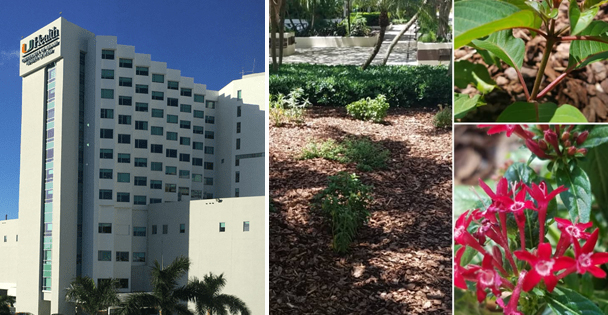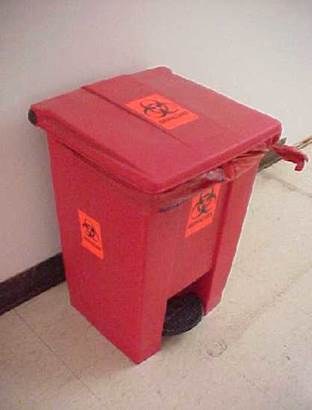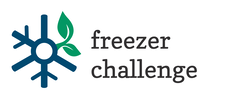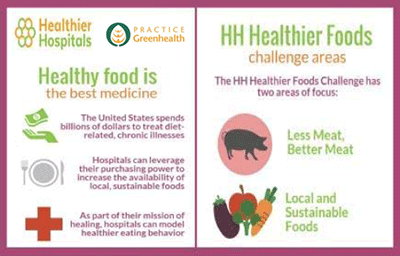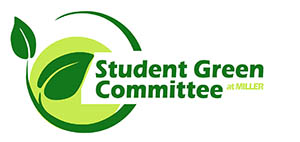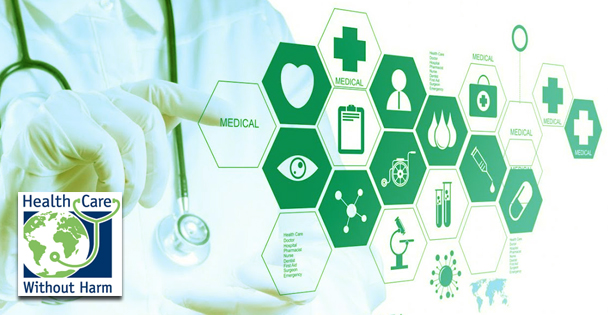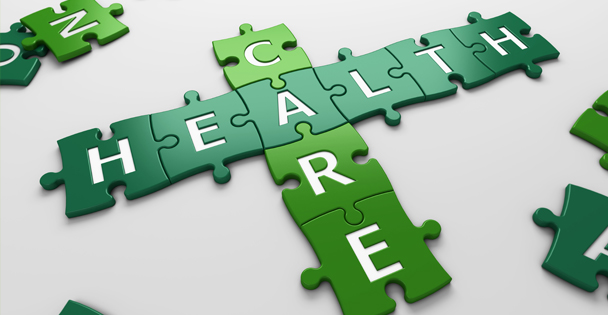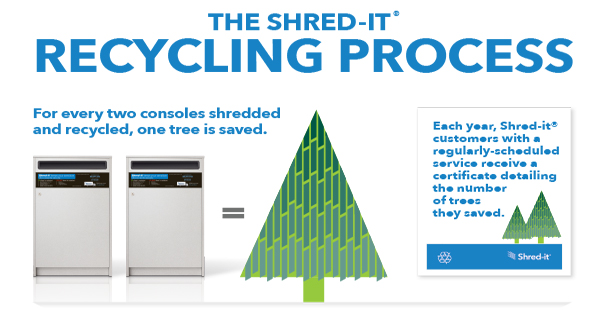INTEGRATION OF WELL AND WATER TREATMENT SYSTEMS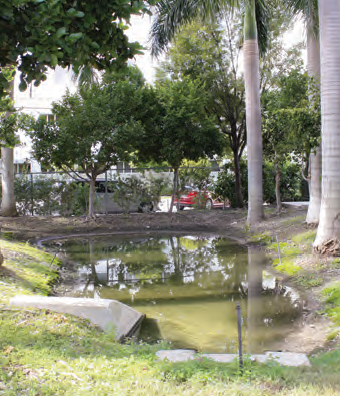
UM expects to have this new water well supply integrated with its existing cooling tower water treatment system, creating an environmentally friendly process that will recycle aquifer water back to its source. The treatment system, part of the original central energy plant build, utilizes pulsed electric fields for control of mineral scaling, microbial growth and corrosion in the cooling towers. Cooling tower blowdown is discharged to a
filtration pond, instead of the sewer, part of an environmentally friendly process that essentially recycleS aquifer water back to its source.
CO2 SCRUBBER at the Wellness CenterChallenge: Poor indoor air
quality and high HVAC energy
consumption at state-of-the-art
university fitness center. Solution: enVerid HLRs installed
on each floor of 60,000 ft2 wellness
facility to scrub air of contaminants
and reduce the amount of outside
air ventilation required.
Learn more
ENERGY USE
The following is a list of energy conservation initiatives and best practices implemented by the Energy Management department.
CHILLER PLANTS
HVAC is a major component of the total energy expenditure in a building, Campus Facilities are heavily reliant on the utilization of air conditioning and humidity control systems. Chiller plants are major systems that produce refrigerated chilled water needed to deliver air conditioning to commercial/ institutional buildings. Our Chiller Plant initiatives include:
■ Expansion plan to increase central chilled water plant production to eliminate inefficient standalone equipment.
■ Migration and expansion of campus wide Energy Management Systems (EMS).
■ A robust preventive maintenance (PM) program ensures the equipment operates optimally and extends its useful life.
■ Curtailable electrical rate in exchange for the ability to shut down utility plant equipment during periods of peak demand.
■ Monitoring of equipment run times to adjust to the academic calendar needs.
■ Modification of operational schedules to reduce equipment run-times (ex: cleaning schedules).
■ Coordination with the Office of the Registrar to complete shutdown of select buildings.
■ Ongoing benchmarking and programs to perform test and balance to ensure equipment optimization meet building demands.
■ Monthly energy reporting to monitor building occupant energy consumption.
BUILDING MECHANICAL SYSTEMSBuilding mechanical systems consist of equipment needed to distribute chilled water to air conditioning equipment, and in turn distribute conditioned air to the occupied spaces within the building. Our Building Mechanical Systems initiatives include:
■ Use of Energy Management Systems (EMS) to monitor and adjust equipment run times to satisfy building needs.
■ Implementation of efficiently engineered mechanical systems such as Variable Air Volume (VAV) systems.
■ Installation of Variable Frequency Drives (VFD) in air conditioning and pump motors.

■ Installation of energy recovery systems that use return air energy from the occupied
space to assist in conditioning incoming fresh air.
■ Implementation of a robust preventive maintenance program to ensure equipment optimization and extend useful life.
■ Standardization of room temperatures throughout all campus buildings
LIGHTING SYSTEMSInterior lighting is a major component of the total energy expenditure in a building
and is heavily reliant on the utilization of automated lighting systems and controls. The Interior lighting retrofit initiative / program objective is campus-wide for buildings and facilities in the standards, design of lighting and implementation of energy efficient
lighting technologies. Our Lighting Systems initiatives include:
■ Installation of occupancy sensors in restrooms, common areas, hallways, offices, and classrooms.
■ Elimination of all T-12 fluorescent lamps and magnetic ballasts and conversion to T-8 fluorescent lamps with electronic ballasts.
■ Elimination of incandescent lamp uses and purchases on campus.
■ Program to install Light Emitting Dioxides (LED) lamps and compact fluorescent (CFL) lamps for improved energy savings and lighting quality.
■ Implement daylight harvesting where applicable.
■ Relamping program to consistently upgrade/update to latest lamp technology.
■ Continuous research of innovative lighting system technologies.
Exterior Lighting is a major component of the total energy expenditure on campus. The department is committed to an exterior lighting retrofit program with the most energy efficient lighting technology while keeping campus grounds secured for all students, employees, and visitors. Our Exterior Lighting initiatives includes:
■ Installation of LEDs and CFLs in pedestrian walkways (Ashe, Cox Plaza, Alumni Building parking lot).
■ Retrofitting of over 20 exterior areas of campus from halogen lamps to LEDs and CFLs.
■ Retrofitting of all campus parking garages to compact fluorescent lamps (CFLs).
■ Installation of 2 standalone solar lamp systems.
Recent Lighting retrofits have resulted in an instant wattage reduction exceeding over 100,000 kWh and significant reduction rates are expected through our ongoing retrofit programs.
Building Electrical Loads
Building electrical loads (“plug loads”) comprises of office equipment, refrigeration, computers, residence halls, appliances, and other loads that plug into an electrical receptacle. Our initiatives in this area include:
■ Installation of power monitoring devices, including campus vending machines that shut down after a period of inactivity.
■ Implementation of a purchasing policy mandating the acquisitions of Energy Star appliances/ equipment.
Water Systems
The Energy department has implemented aggressive standards, practices and technologies to optimize the campus’s water use and further promote the University’s water conservation efforts. Our Water initiatives in this area include:
■ Replacement of all student resident halls and apartments shower heads to low flow models.
■ Installation of timer setting controls on the campus irrigation systems.
■ Ongoing aggressive leak detection program to prevent excessive water consumption.
■ Ongoing replacement program of urinals and toilets to low flow models.
■ Ongoing conversion of campus irrigation systems to well water in lieu of domestic water usage.
Building Envelope
Included continuously surveys and inspection of the structural systems of all campus buildings in order to identify needed improvements to prevent energy consumption. Our Building Envelope initiatives in this area include:
■ Implementation of an aggressive roof inspection program.
■ Installation of window tinting with energy saving film.
■ Building inspection program to identify and repair areas to reduce energy consumption.
Fleet Management
Real Estate and Facilities Management understands the environmental impact of fossil fuels and the contribution of gas powered vehicles utilized on campus. The department is committed to the reduction of the campus emissions footprint contributed by its service vehicle fleet. Our Fleet initiatives include:
■ Implementation of an “anti-idling” policy for the department’s service fleet.
■ Replacement program of inefficient gas powered vehicles to electrical powered utility vehicles.
■ Reduction program of high fuel consuming utility vehicles from the department’s service fleet.
■ Monthly monitoring of fuel consumption to identify opportunities to reduce fuel consumption.



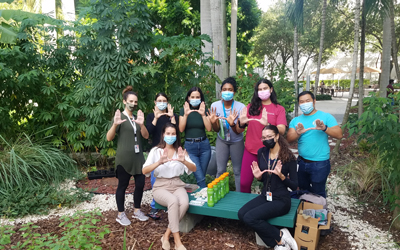 How would you like to step out of your office or health care facility into the sunshine to find a food forest and herb garden awaiting you? Together with Dr.
How would you like to step out of your office or health care facility into the sunshine to find a food forest and herb garden awaiting you? Together with Dr.